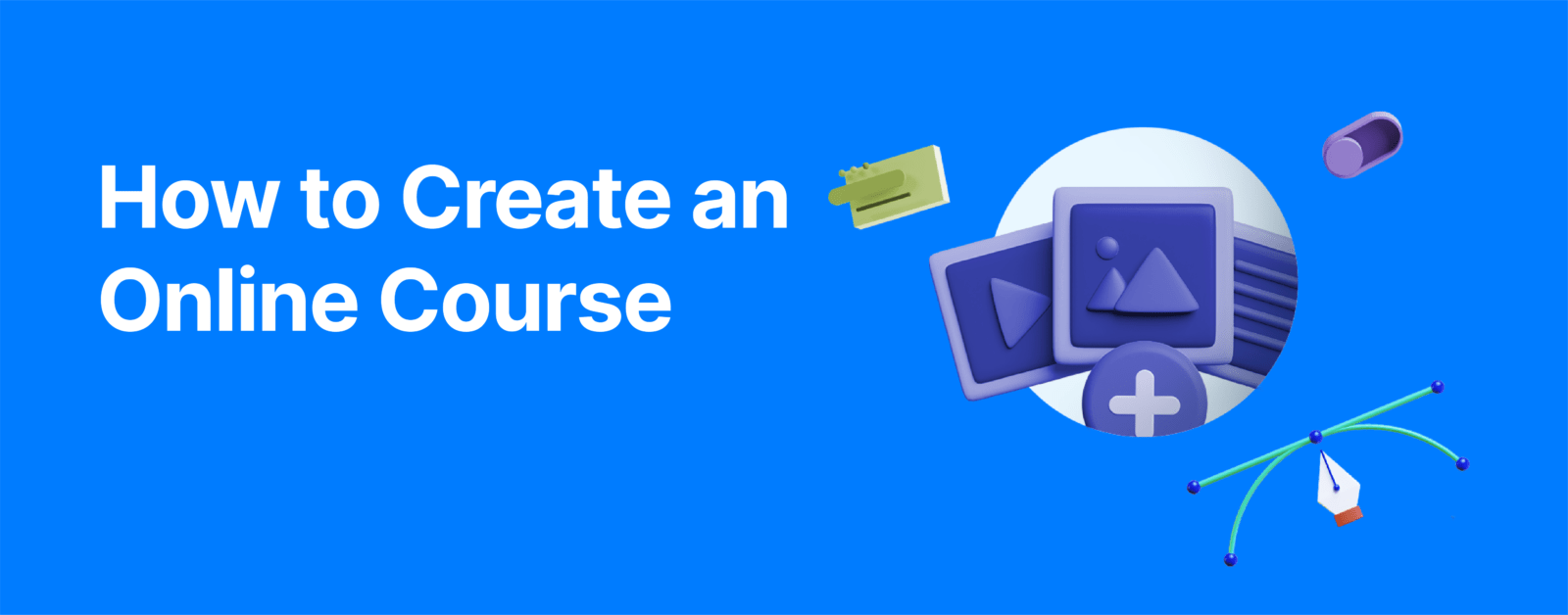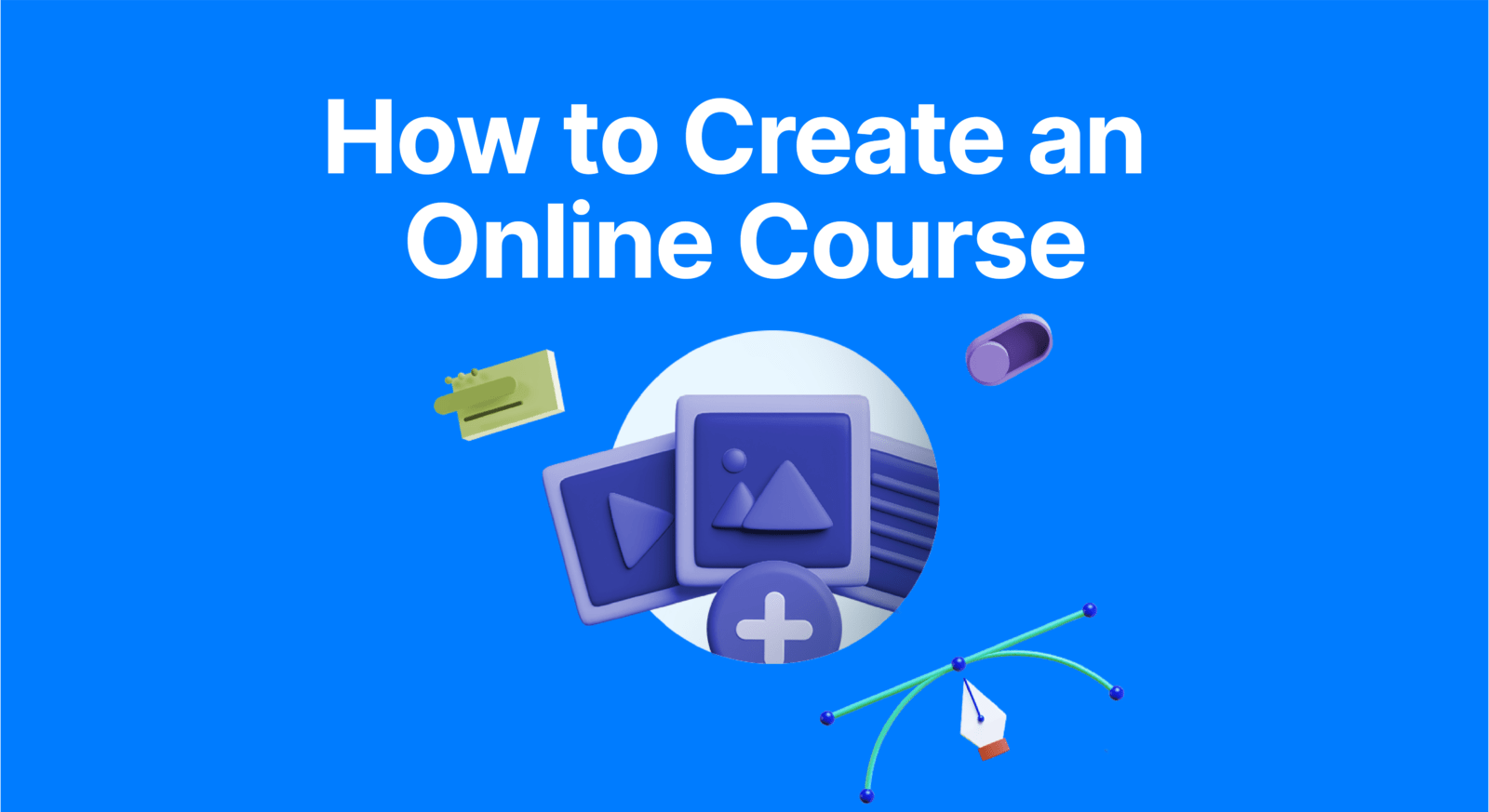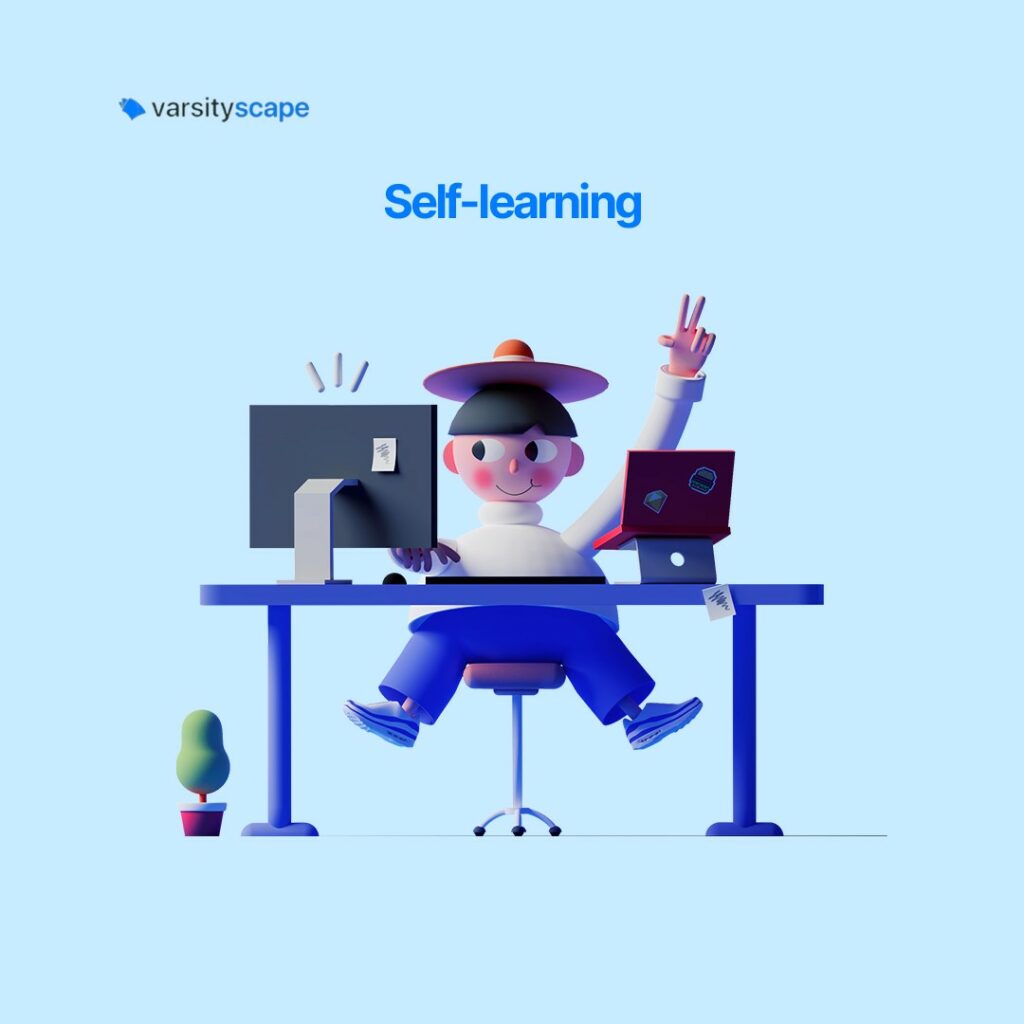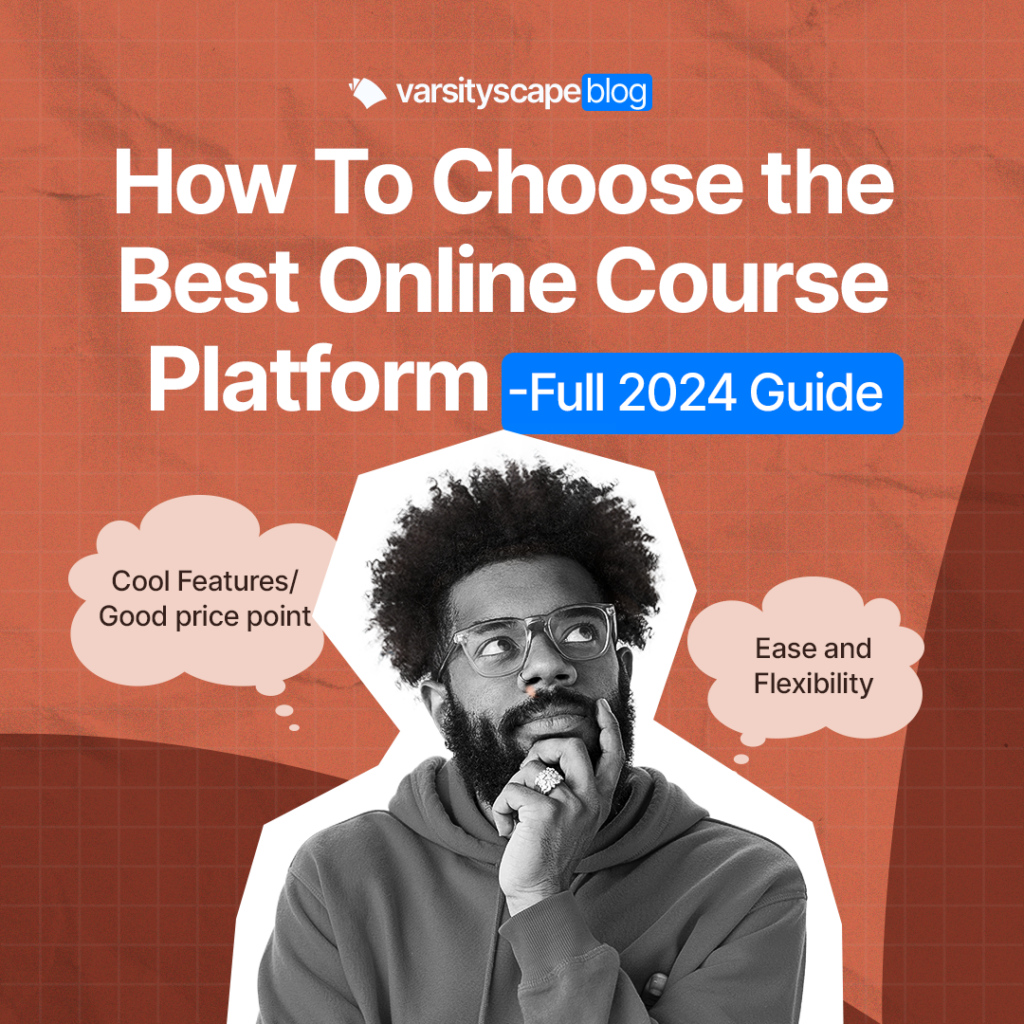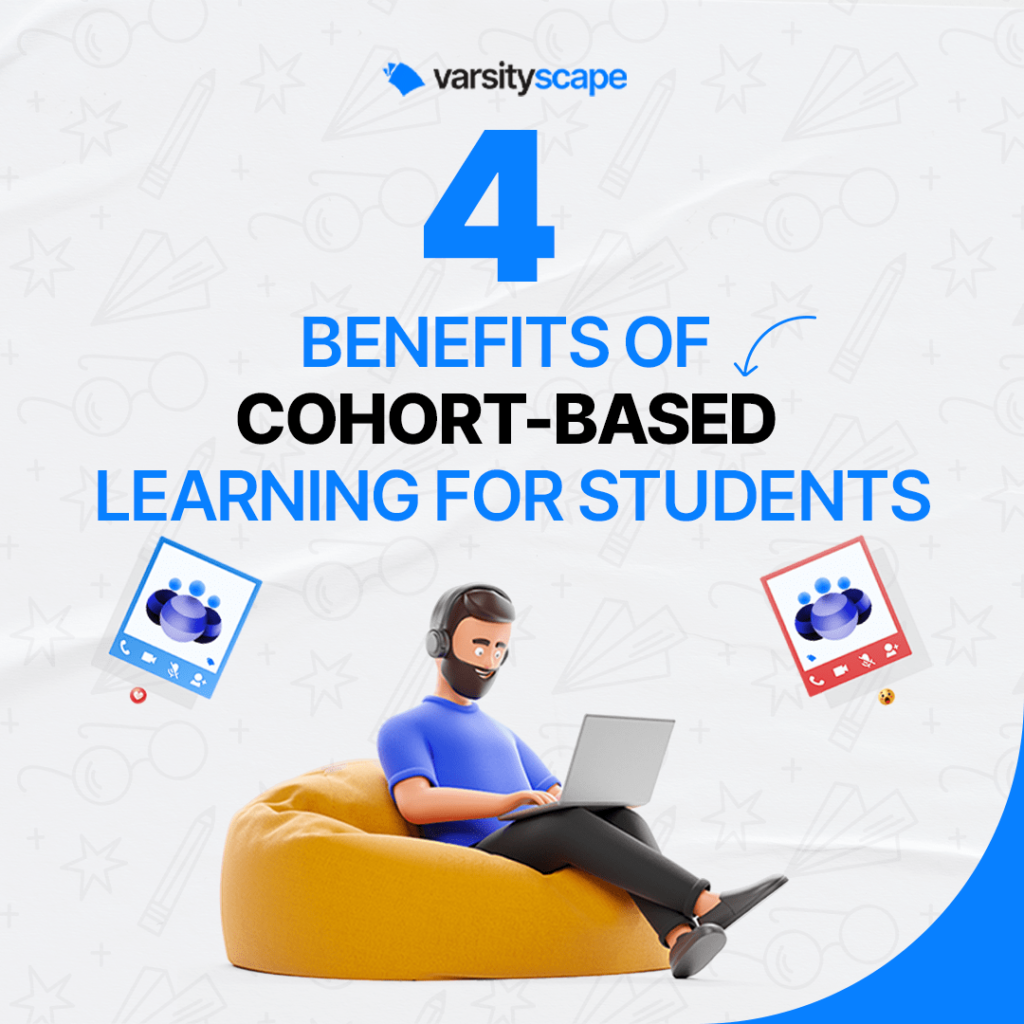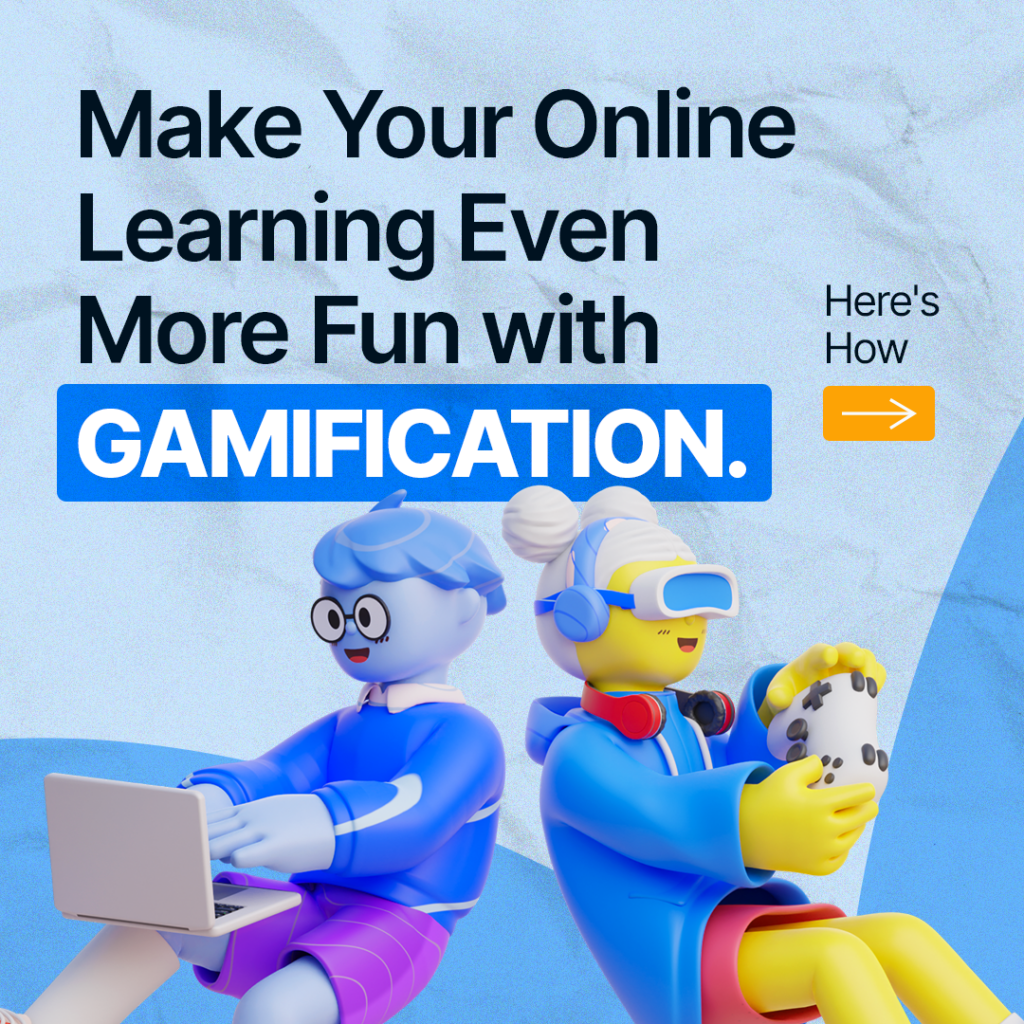An online course is a way to learn a new skill or gain some new knowledge from the comfort of your own home. The most important thing for an online course is for it to be engaging and to deliver a clear outcome. An online course can either be paid or offered for free.
If you’re thinking of creating an online course, you are probably willing to share your expertise on a particular topic and this is a great start since more learners today simply browse quality content online to learn new skills.
This way, you can position yourself an authority in your field, inspire others, build a community of like-minded driven individuals, expand your personal and business reach and hopefully, earn an income.
WHY ONLINE COURSES?
The main benefit of creating online courses is automation. Creating an online course means you can capture some value and impact students without having to be present every single time a student needs to learn something.
However, teaching a live cohort-based session will help you reach your students in real-time to be more effective to both teach and assess their knowledge. In fact, online learning is gradually leaning towards this as more students are getting interested in the advantages interactive classes provide.
If you are hosting a live online session, an online course can help your students learn some concepts before attending the online session with you. Besides, you’ll still need to organise your classes and prepare notes to share with them. You can sign up as an instructor to host these live sessions on VarsityScape.
HOW TO DECIDE ON WHAT TO TEACH
Look to your passion, interests, and skills: If the answer isn’t obvious already, I guess that’s because this is the first time you want to try something like this. And that in itself is great! Welcome to content creation and tutoring.
The first direction to look is inwards, then around. Try to determine what you are passionate about and what you know very well – what you are skilled at doing. It does make the work easy for you.
It is cool to teach what you already are a pro in. This means you can coach your students going forward from the experience you have gained over the years. It also means you won’t get bored in the process.
Look outwards. Validate your audience: How exactly do you validate that what you want to teach has a demand by people? Well, by research. One tool I would recommend is “Answer the Public”.
On Answer the Public, you will be able to confirm what exactly people are interested in and the questions that people are asking in the field that you have chosen. You can also use Google Trends as an alternative to seeing how searches on a particular topic have fared over time.
In general, you want to be sure you are teaching something people want to learn, you want to make sure you are teaching the concepts the way people would want it delivered and you want to understand your audience and speak their language.
RESEARCH THE TOPIC EXTENSIVELY
Whether you’re already an expert in your field or are looking forward to learning it from start to finish, now is the time to deep dive until you know everything there is to know about the topic.
STRUCTURE YOUR COURSES
The next thing after deciding on what to teach and researching the topic is to structure your course content. First, determine the volume of what you want to teach so that you know what structure will be good for it.
A good course structure would usually include four components:
Introduction: This is usually an introduction to the concept or the field you want to explore. You can also introduce yourself and your expertise in the field.
Problem: Outline the problem you want to solve. This is the value proposition that you are making to your students.
Main Content / Solution: This is the bulk of the course and it outlines steps on how to solve the problem that you have identified for your students.
What to Do After the Course: You can recommend to your students what steps they can take after finishing your course. Whether it’s a complementary course or an invitation to subscribe to your social media, this is a great opportunity to sustain your online relationship with them.
After you have structured and prepared your content, you are now ready to publish your course for free or for sale on different platforms. We hope that this article has demystified the course creation process for you and we look forward to seeing the amazing content you create with this.
